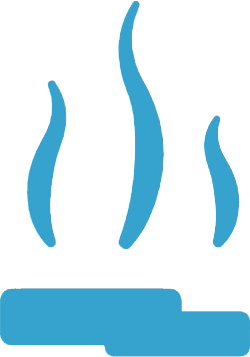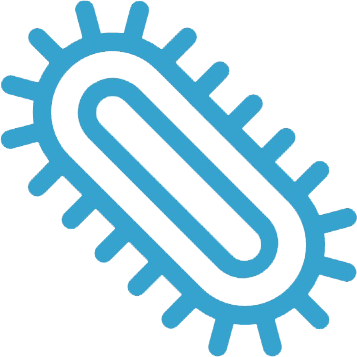Pure Maintenance of Austin, TX
Mold Treatment
There are many types of molds, and some can affect your health while others won’t cause any ill affects. It has been shown that healthy people exposed to mold can experience symptoms of coughing, wheezing and other asthma like characteristics. Prolonged exposure can increase the risk of infections or other respiratory illnesses.
Types of Mold
There are many types of molds that can infest homes and businesses. While some are more harmful than others, the CDC recomends removing any mold you find. It isn’t always obvious when you have mold growing. It can grow behind walls, in attics and basements. The rule of thumb is if there is anywhere that is consistently damp, or you have had a water leak in your home, you probably have some mold growing that should be dealt with.

Alergenic
Molds that cause and produce allergies and allergic reactions such as asthma attacks.

Pathogenic
Molds that cause health problems in those suffering from an acute illness.

Toxigenic
Molds that produce toxic substances that can lead to dangerous or even deadly health conditions. This is sometimes referred to as “toxic mold.”
Mold and Moisture
Where there is even a bit of moisture, you will often find mold. Leaky ceilings, damp basements or steamy bathrooms can all be prime locations for mold growth. Control and prevention of mold growth requires you to be quick to respond to any place where there is excess moisture.
- Vents over kitchens
- Bathrooms
- Cleaning up after floods
- Leaky Ceilings
No treatment of mold is complete without also fixing the source of the moisture as even a single left over spore will cause the problem to return when conditions are right.
Getting Rid of Mold
Once you have mold growing, it won’t ever go away on its own. You can dry it out, to make it an inhospitable place for future growth, but the existing mold will still need to be dealt with. There are different ways people use to get rid of mold:
Demolition

Pros
- — —
Cons
- Hard work
- Costly
- Can cause mold to spread
- Requires extensive destruction to be thorough
- Building must be vacated for extended periods of time until treatment is complete
Scrubbing

Pros
- Easy
Cons
- Spreads mold spores
- Can do more harm than good
Ozone

Pros
- Thorough
Cons
- Need to cover or move everything of value
- Destructive
- Toxic
Dry Fog

Pros
- Easy
- No destruction
- Thorough
- No water damage
- All natural
- Non-toxic
- Prevents mold from growing back
Cons
— —
Frequently Asked Questions
Yes, when mold is growing in a home toxic spores are being released and flowing through the vents and air ducts to every room of the home. The spores are then breathed in by the occupants and can cause serious medical problems.
Mold is definitely harmful to breathe. The severity of the mold as well as the type of mold and the persons individual tolerance will factor into the actual effects the mold has on the human body. Growth often occurs in hidden places inside a home and is the source of mysterious illnesses.
Depending on the type of spores growing, illnesses ranging from sinus infections and allergies to Alzheimer’s disease and MS can result. Illnesses can be very serious and mold toxins in a body are difficult for family doctors to measure. If you feel sick and the doctors aren’t sure why, getting your home tested for mold is a great idea.
NO! This is a common misconception. Bleach will cause the mold spores to lose their color and appear to be gone, however, the spores will not die. They will continue to grow without color and using a liquid bleach can even increase the speed at which they grow because of the added moisture and humidity.
The individual mold spores are flowing throughout the open air all of time. When the small amount of spores are breathed outdoors they are combined with such a large portion of fresh air that they rarely have an effect. Sometimes in the spring the outdoor counts increase an create outdoor allergies. However when moisture is allowed to dwell on a porous surface inside a building these few mold spores will attach themselves to that surface and begin to grow at a rapid pace. Once these spores have attached it takes much more than household cleaners to break there strong hold.
